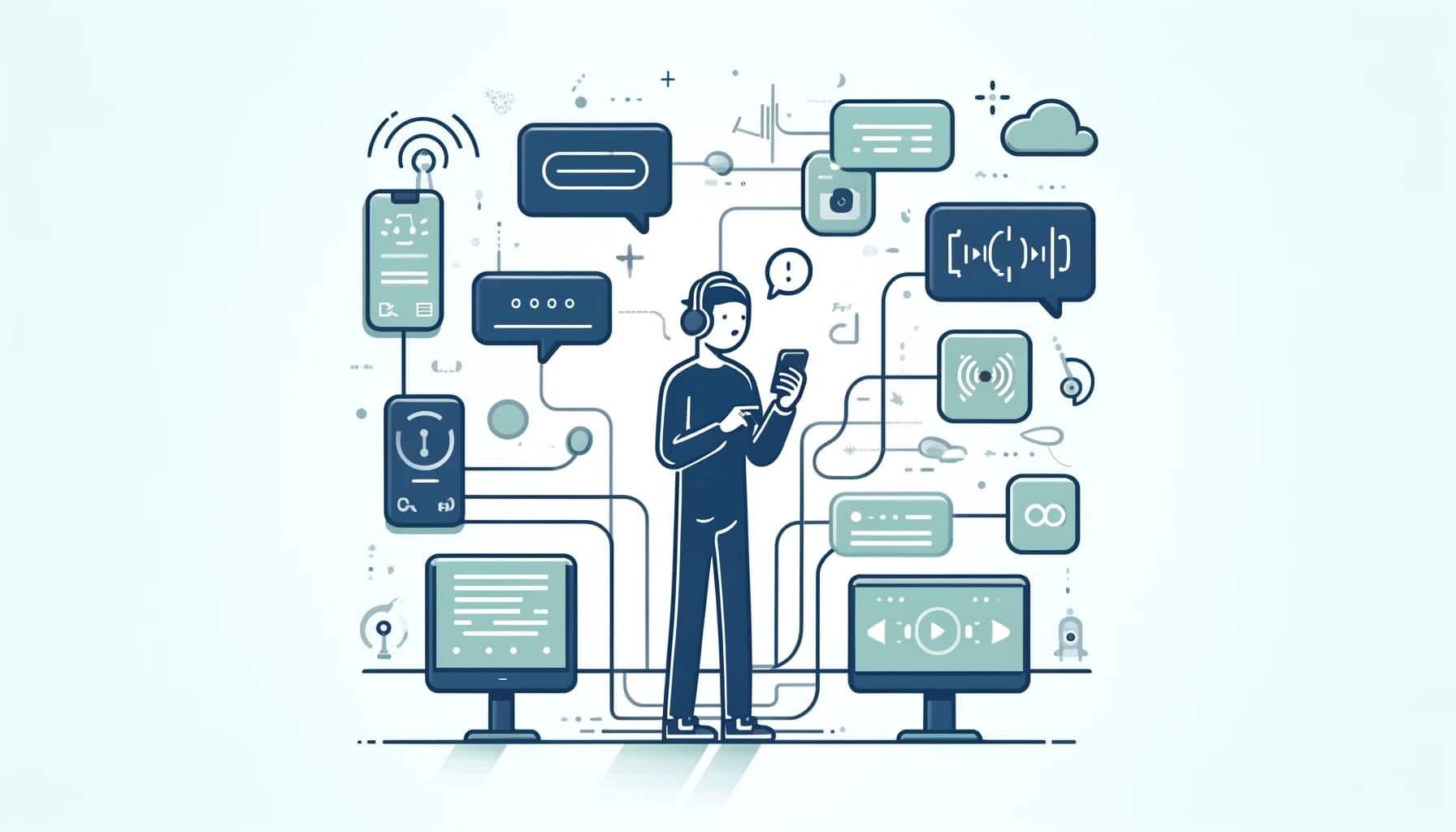
OpenAI Unveils GPT-4o
OpenAI recently announced their newest AI model, GPT-4o, which boasts new capabilities, faster response times, and improvements in user experience. Here at Sourcetoad, we’re excited about the potential applications of these new features. Below we give an overview of some of the key capabilities in OpenAI’s new model, and explore how they can be used in various projects.
Feature Highlights and Creative Applications
1. Multimodal Capabilities
The new GPT-4o extends beyond text to process audio and image inputs, allowing for more dynamic user interactions. Consider applications where users can engage through speech, visuals, or videos, receiving immediate, context-aware responses. This has the potential to significantly enhance user experiences in fields like tourism and retail.
Example Use Case: A museum guide application where visitors can inquire about a painting or take a photo and receive detailed audio explanations.
2. Enhanced Natural Language Understanding and Generation
With improved language models, GPT-4o can facilitate more nuanced and contextually appropriate interactions. This improvement is particularly impactful for customer service, enabling systems to provide responses that are both empathetic and precise.
Example Use Case: Customer service bots for e-commerce that address inquiries and issues with human-like empathy and understanding.
3. Advanced Vision and Audio Processing
The deep analysis of multimedia content opens new avenues for innovation in content moderation and creative industries. Systems could be designed to automatically categorize user-generated content based on visual and auditory elements.
Example Use Case: An automated moderation tool for social media platforms that comprehends the content and context of videos and images, beyond just text.
4. Speed and Efficiency
GPT-4o’s improved speed and cost efficiency make large-scale AI deployments more feasible. This will allow for the implementation of complex algorithms and a broader range of use cases without significant cost increases.
Example Use Case: Real-time language translation services for live events or streaming platforms, making global content accessibility more attainable.
5. Human-like Voice Synthesis
GPT-4o’s voice synthesis capabilities now offer more natural, engaging speech output. This can improve applications that require voice interactions, such as virtual assistants or educational tools.
Example Use Case: An educational app that uses a natural-sounding voice to read stories to children, enhancing the learning experience.
Conclusion
The capabilities of GPT-4o open up a realm of possibilities limited only by our creativity. At Sourcetoad, we are eager to integrate these features, pushing the boundaries of what our applications can achieve. If you’d like to learn more about what we’re doing with AI, get in touch to schedule a 30-minute demo. We’d love to help you explore how AI can improve your software or app!


